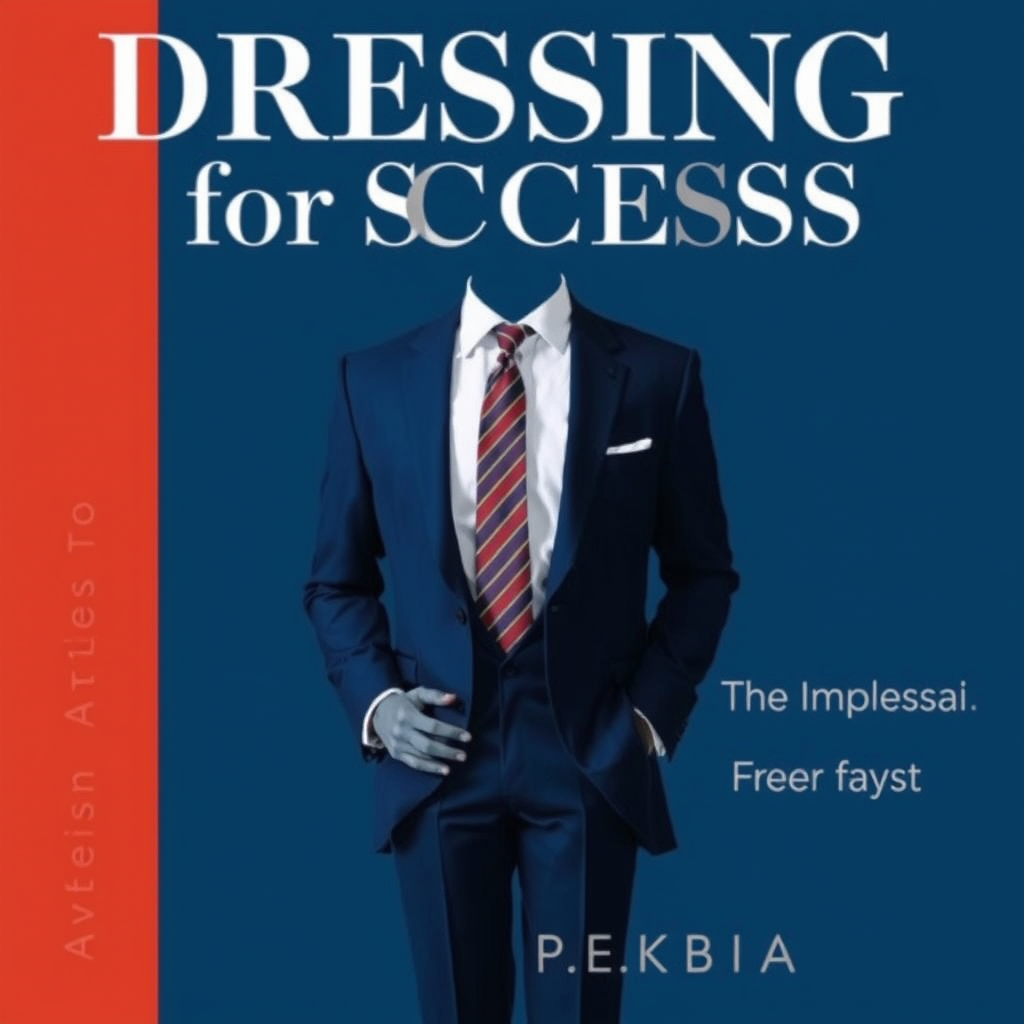Dressing for Success: The Guide to American Business Attire

Dressing for Success: The Guide to American Business Attire
In the competitive landscape of the American business world, your appearance plays a crucial role in how you are perceived. Dressing appropriately not only conveys professionalism and respect but also boosts your confidence and helps you make a positive first impression. This guide will navigate you through the nuances of American business attire, ensuring you're always dressed for success.
Table of Contents
- Understanding Business Attire
- Business Professional: The Gold Standard
- Business Casual: Striking the Right Balance
- Casual Friday: Decoding the Dress Code
- Industry Variations: Adapting to Your Field
- Accessories: The Finishing Touch
- Grooming: The Unspoken Dress Code
- Frequently Asked Questions (FAQ)
Understanding Business Attire
Business attire encompasses the clothing and accessories deemed appropriate for a professional work environment. The specific dress code can vary depending on the industry, company culture, and even geographic location. However, a foundational understanding of the different levels of formality is crucial. The two most common categories are Business Professional and Business Casual.
As the saying goes: "A balanced life is a life full of wise choices." This definitely extends to making wise choices about your attire and the image you want to project.
Business Professional: The Gold Standard
Business professional is the most formal dress code and is typically required for high-stakes meetings, client presentations, and certain industries like finance, law, and consulting. It's all about projecting authority and competence.
For Men
- Suit: A well-tailored suit in navy, gray, or black is essential. Choose a suit made from high-quality wool.
- Dress Shirt: Opt for a crisp, white or light-colored dress shirt.
- Tie: A silk tie in a conservative pattern or solid color is a must.
- Dress Shoes: Leather dress shoes, such as oxfords or loafers, are ideal. Black is the most formal color.
- Socks: Dark-colored socks that match your trousers.
- Belt: A leather belt that matches your shoes.
For Women
- Suit: A tailored suit in navy, gray, or black is appropriate. A skirt suit or pantsuit is acceptable.
- Blouse: A conservative blouse in a solid color or subtle pattern.
- Dress: A knee-length or slightly below-the-knee dress in a solid, neutral color. Consider pairing with a blazer.
- Hosiery: If wearing a skirt or dress, hosiery is typically expected, especially in more conservative environments.
- Heels: Closed-toe heels in a neutral color. Aim for a comfortable height.
- Jewelry: Keep jewelry minimal and professional.
Business Casual: Striking the Right Balance
Business casual allows for a more relaxed, yet still professional, appearance. This dress code is common in many modern offices, particularly in tech and creative industries. The key is to maintain a polished and presentable look without being overly formal.
For Men
- Dress Pants or Chinos: Well-fitting dress pants or chinos in khaki, navy, or gray.
- Button-Down Shirt or Polo Shirt: A button-down shirt (long or short-sleeved) or a collared polo shirt.
- Sweater or Blazer (Optional): A sweater or blazer can add a layer of sophistication.
- Loafers or Dress Shoes: Loafers, dress shoes, or even clean, well-maintained dress boots.
- Belt: A belt that complements your shoes.
For Women
- Dress Pants, Skirt, or Khakis: Dress pants, a skirt (knee-length or slightly below), or khakis.
- Blouse, Sweater, or Cardigan: A blouse, sweater, or cardigan.
- Button-Down Shirt: A button-down shirt can be worn alone or layered under a sweater or blazer.
- Flats, Loafers, or Heels: Flats, loafers, or heels (comfortable height).
- Jewelry: Professional and tasteful jewelry.
Casual Friday: Decoding the Dress Code
Casual Friday can be a tricky area. While it offers more flexibility, it's still important to maintain a level of professionalism. Avoid wearing overly casual items such as athletic wear, ripped jeans, or t-shirts with inappropriate graphics. A good rule of thumb is to ask your manager or HR department for clarification if you're unsure.
Industry Variations: Adapting to Your Field
The specific dress code can vary significantly across different industries. For example, a tech startup might have a more relaxed dress code than a traditional law firm. Researching the company culture and observing how other employees dress is crucial to making the right impression.
Accessories: The Finishing Touch
Accessories can elevate your outfit and add a personal touch. However, it's important to choose accessories that are appropriate for the workplace. For men, a classic watch and a stylish briefcase can make a statement. For women, a sophisticated handbag, a delicate necklace, or a scarf can add polish to your look. Avoid overly flashy or distracting accessories.
Grooming: The Unspoken Dress Code
Good grooming is just as important as your clothing. Ensure your hair is neat and well-groomed, your nails are clean and trimmed, and your breath is fresh. For men, facial hair should be well-maintained. For women, makeup should be professional and not overly dramatic. Attention to detail in your grooming demonstrates that you take pride in your appearance and are professional.
Frequently Asked Questions (FAQ)
-
Q: What should I wear to a job interview?
A: It's always best to err on the side of caution and dress business professional for a job interview, regardless of the company's typical dress code. -
Q: Can I wear jeans to work?
A: It depends on the company's dress code and whether it's Casual Friday. If jeans are permitted, choose a dark wash, tailored style without rips or embellishments. -
Q: What shoes are appropriate for business casual?
A: Loafers, dress shoes, flats, or comfortable heels are all appropriate choices for business casual. Avoid sneakers or sandals (unless specifically allowed). -
Q: What colors are best for business attire?
A: Neutral colors like navy, gray, black, and white are always safe and professional choices. You can incorporate other colors in your accessories or shirts/blouses.


Comments
Post a Comment